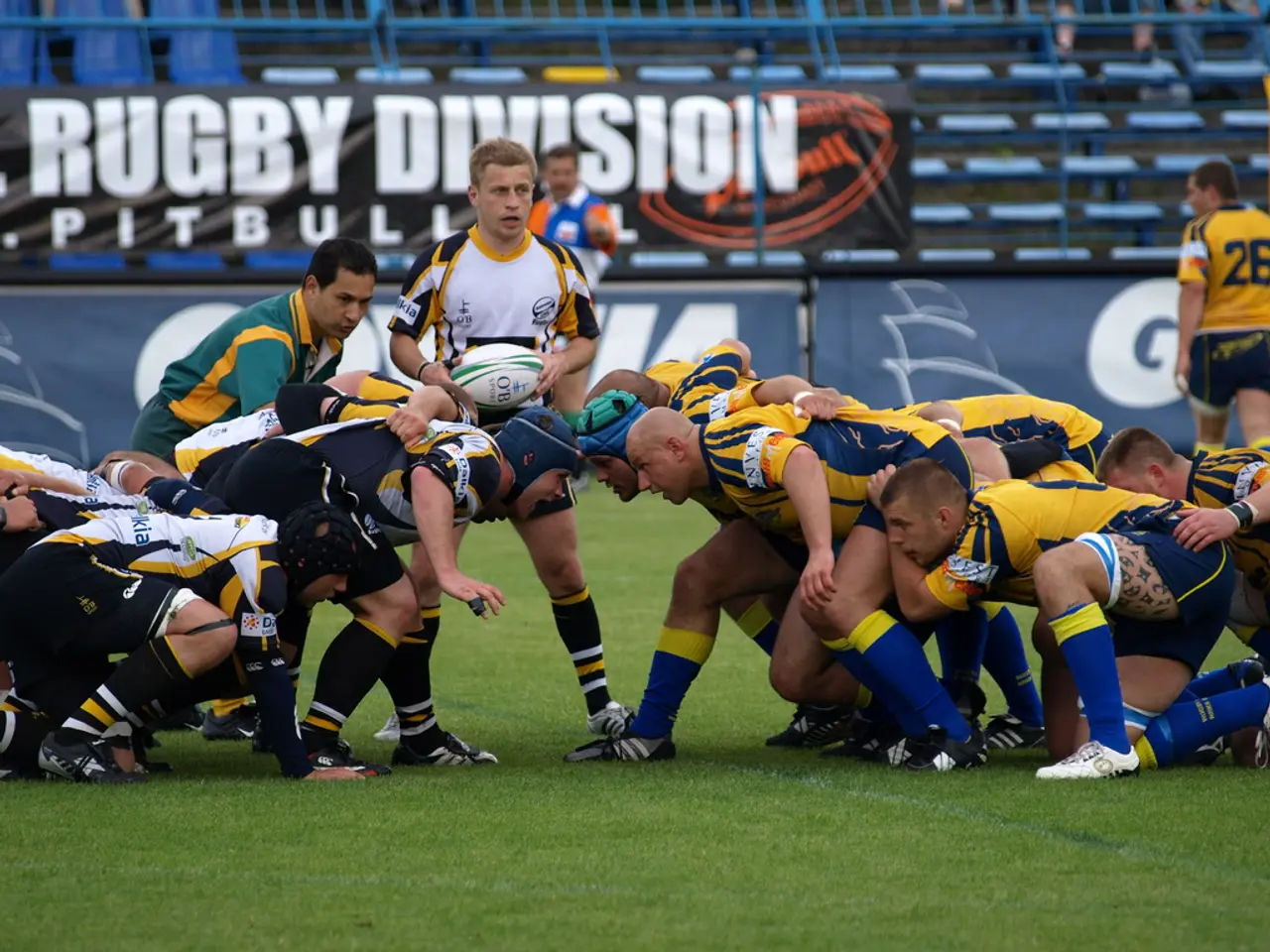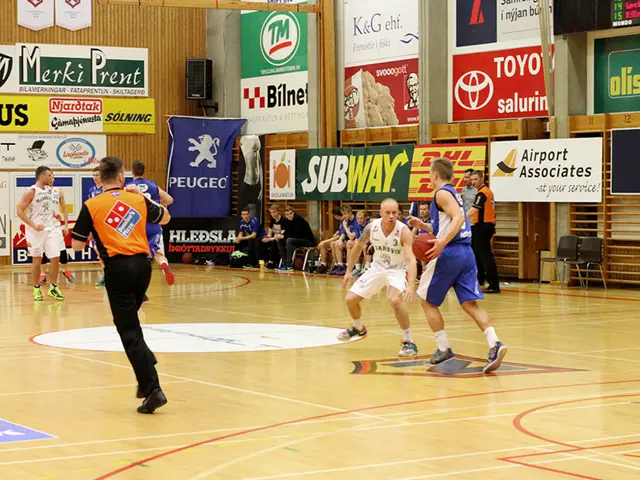Sport's Blue-Collar Division: Rugby League Stirs Up Class Disparities
Rugby League, a sport deeply rooted in the heart of England, has a unique history shaped by class division. From its origins in the late 19th century to its modern-day challenges, class distinctions have played a significant role in the development and culture of this popular sport.
Origins and Split
The formal split from Rugby Union in 1895 was primarily due to the northern, working-class clubs seeking compensation for players missing work due to matches. This contrasted with the more middle- and upper-class Rugby Union clubs, who resisted professionalism and player payments [3][5]. This class tension between northern industrial towns and the southern, more affluent amateur traditions led to the foundation of the Northern Rugby Football Union (later Rugby League), establishing Rugby League as a working-class sport in the North of England.
Geographic and Cultural Identity
Rugby League became heavily associated with northern England's working-class communities, especially Yorkshire and Lancashire. This identification fostered a regional culture around Rugby League distinct from Rugby Union, which was dominant in the South and linked with public schools and the middle class. The class divide reinforced Rugby League’s regional identity and cultural significance for working-class populations [3][5].
Professionalism and Accessibility
The acceptance of professionalism in Rugby League allowed working-class players to participate and be compensated, cultivating a culture of competitive sport accessible to broader social groups. In contrast, Rugby Union maintained amateurism until much later, reflecting its upper-class values and limiting access based on class [5].
Lasting Social Perceptions
Despite Rugby League’s growth, the sport has often been culturally marginalized compared to Rugby Union, reflecting lingering class prejudices and distinctions in status tied to the class origins of each code. Rugby League’s identity as a working-class game shaped its community support, style of play, and even media coverage [3][5].
Moving Forward
Maintaining relevance means not just preserving traditions, but also evolving to adapt to modern interests. Grassroots games attract local fans, fostering close ties among spectators. Rugby league stands as a significant symbol of the working-class spirit, reflecting the lives of many who have come from humble beginnings.
Bridging the Gap
Addressing class divides is essential for the future of Rugby League. Creating opportunities for growth is crucial, with initiatives that promote education and training, engage local schools, and partner with businesses being key. By embracing change, rugby league can continue to be a champion for the working class and thrive for generations to come.
Community and Belonging
Fans not only support their teams but also celebrate their culture, with traditions established over generations enhancing the sense of identity related to the sport. Lower ticket prices and community days can encourage more spectators, fostering a sense of belonging while enriching the sporting experience.
The Future of Rugby League
Social inequality affects who can attend games and how they experience them. Fans with limited schooling might connect more deeply with the sport's emotional aspects, while those with higher education may analyze game strategies and player statistics. The history of rugby contributes to its identity, with many fans proud of their roots and connecting through shared experiences at matches. Encouraging participation from all walks of life is crucial to bridge gaps and lead to a more vibrant community.
References: [3] The History of Rugby League, Ian R. Jones, 2009. [5] The Rough and the Smooth: A Social History of Rugby League, David R. Brown, 2012.
In the face of Rugby League's growth and evolution, it remains a testament to the working-class spirit, continuing to be a sport deeply entwined with its northern English roots and football culture, as opposed to the more middle- and upper-class affiliations of Rugby Union. As the sport moves forward, it is essential to bridge the gap between classes, fostering growth and accessibility through education, local engagement, and partnerships. This will ensure Rugby League continues to champion the working class and remains a source of pride and belonging for generations to come.








